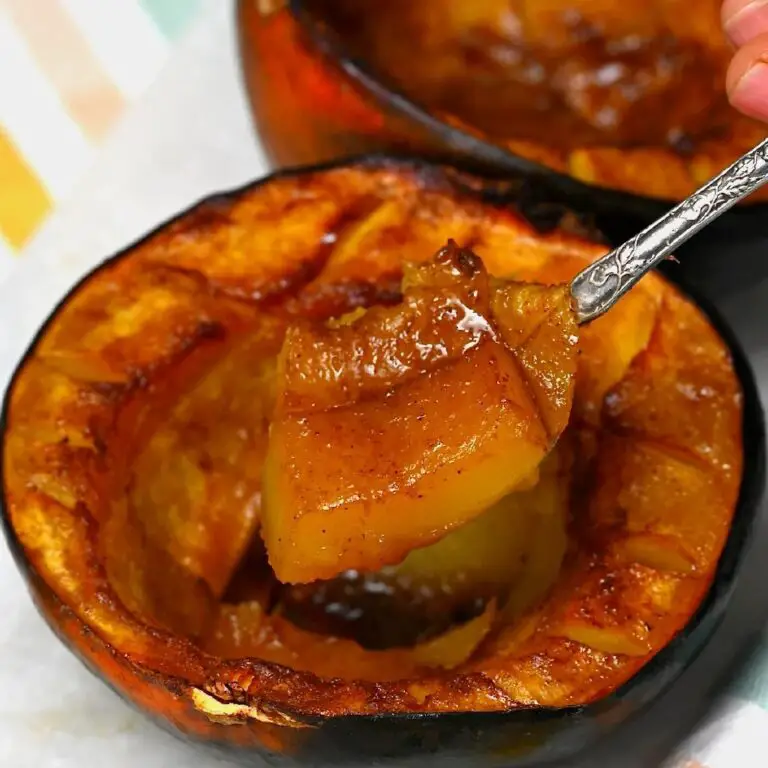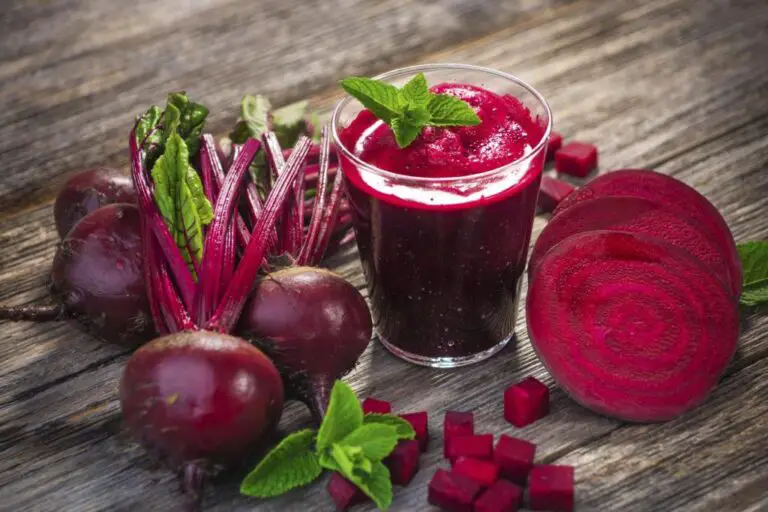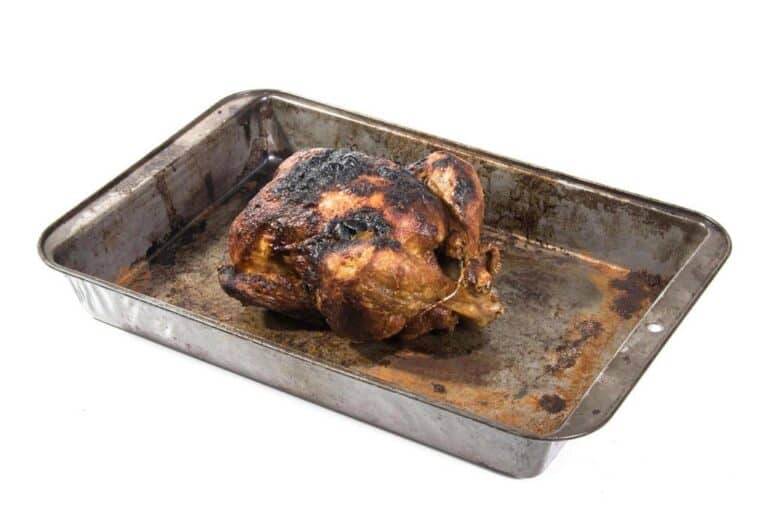What Is Masisa or Macisa Meat? Is It Same Like Pork Meat?
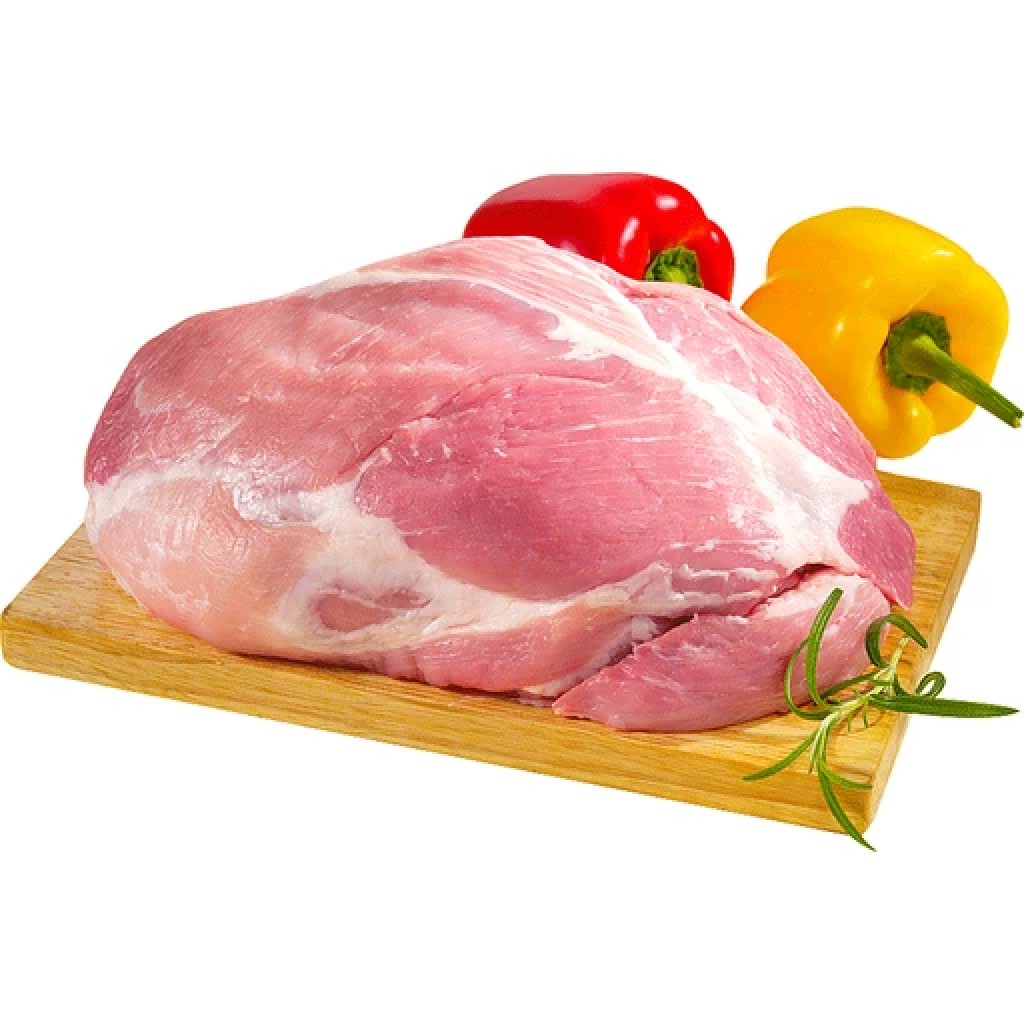
If you’re a foodie, you’ve probably come across the term “Masisa” or “Macisa” meat at some point. Maybe you’ve heard it mentioned in a restaurant, in a cooking show, or in a recipe. But what is it? Is it a type of pork? Is it a specific cut of meat? And is it the same as regular pork meat?
The answer is yes, Masisa or Macisa meat is a type of pork meat. In fact, it’s one of the most commonly used cuts of pork in Mexican cuisine. It does, however, have some distinct differences from other cuts of pork that set it apart and make it popular among foodies.
In this article, we’ll explore everything you need to know about Masisa or Macisa meat, from its origins to its unique characteristics and uses in the kitchen. Whether you’re a seasoned chef or just starting out, you’re sure to discover something new and exciting about this flavorful and versatile meat. So let’s get started and dive into the world of Masisa meat!
What is Masisa or Macisa Meat?
Maciza is a cut of pork from the shoulder. Its American equivalent is known as pork cushion meat, while pork roast can be a suitable substitute in recipes calling for maciza.
Don’t mistake maciza for ham; it is not cured, and pork cushion meat comes from the anterior of the picnic shoulder, typically around the joint. It may also include portions of the pork butt, which, interestingly, is not the posterior but also a part of the shoulder.
The beauty of maciza lies in its versatile use. It is lean and can be shredded easily, making it perfect for pulled pork sandwiches. But, this is just the beginning. This cut can be transformed into a vast array of dishes, from the hearty pozole your workers were enjoying to stews, carnitas, and cutlets (milanesas).
When ordering tacos, carnitas, and similar dishes in Mexico, you can specify “puro maciza.” This means that you’ll get nothing but pure pork, with no fat, skin, or other unwanted bits and pieces.
Is Macisa Meat the Same Like Pork Meat?
Maciza meat is indeed pork meat, but it’s a specific type of cut that comes from the shoulder of the pig. Unlike other cuts of pork, maciza is a lean, white meat that’s low in fat and shreds easily, making it an excellent choice for dishes like pulled pork.
It’s important to note that while maciza is a type of pork meat, not all pork meat is maciza. Other common cuts of pork include pork chops, pork loin, and pork belly, which have a different texture and flavor profile than maciza.
For example, pork belly is known for its rich, fatty flavor and is often used to make bacon, while pork chops are a leaner cut that’s typically grilled or pan-fried.
One way to think about maciza is that it’s similar to the pork roast you might find at a grocery store, but with a slightly different flavor profile. Pork roast is also a lean cut of meat that comes from the shoulder or loin of the pig, and it can be used in many of the same recipes as maciza. However, because maciza is a specific type of cut, it may be harder to find in some areas than other types of pork meat.
Overall, while maciza is a type of pork meat, it’s important to recognize that it has its own unique characteristics and is not the same as other cuts of pork. Whether you’re cooking with maciza or other types of pork meat, understanding the differences between cuts can help you create more flavorful and satisfying dishes.
Masisa Meat Dishes
Masisa meat is a versatile ingredient that can be used in many different dishes.. In Latin American countries, it is commonly used in soups and stews, such as the popular Peruvian dish, mondongo, which is a soup made with masisa meat and vegetables.
It is also used in other dishes such as the Ecuadorian fanesca, a soup made with beans, corn, and masisa meat, which is typically eaten during the Easter season. In Bolivia, it is used in a stew called fricasé, which is a hearty dish made with potatoes and masisa meat.
In addition to soups and stews, masisa meat is also used in other dishes such as tacos and burritos, which are popular in Mexican cuisine. In these dishes, masisa meat is typically seasoned with spices such as cumin, garlic, and chili powder, and then served with toppings such as salsa, avocado, and cilantro.
Masisa meat or Macisa meat is also used in grilled dishes. In Peru, anticuchos, which are skewers of marinated masisa meat, are a popular street food. The meat is marinated in a mixture of spices, vinegar, and garlic, and then grilled over an open flame until tender and charred. Anticuchos are typically served with a spicy sauce and a side of potatoes.
Masisa meat can also be used in sandwiches and empanadas. In Argentina, empanadas are pastries filled with a mixture of masisa meat, onions, and spices, which are baked or fried until golden brown. In Venezuela, arepas are sandwiches made with cornmeal and filled with a variety of ingredients, including masisa meat, cheese, and avocado.
Carnitas Tacos with Maciza Meat
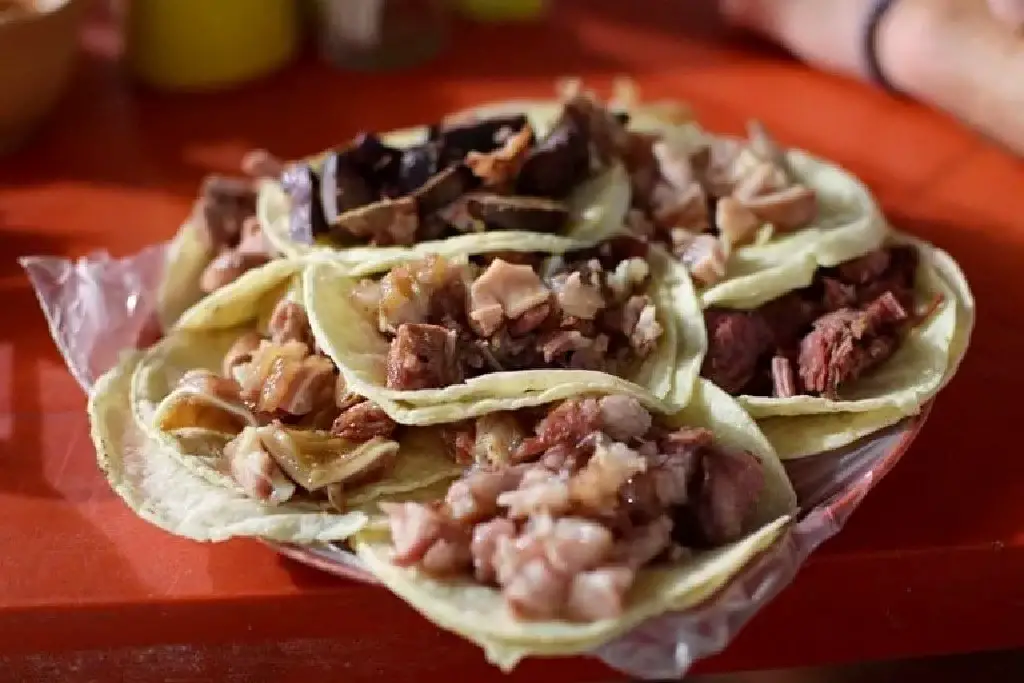
Carnitas tacos are a staple in Mexican cuisine, and for a good reason! They are incredibly flavorful and satisfying, and maciza meat is the perfect ingredient for making them. The process of making carnitas involves slow-roasting the pork, often using the whole pig from nose to tail, resulting in tender and succulent meat with crispy edges.
When ordering carnitas tacos, you will typically be asked whether you want maciza or surtido. Maciza refers to the leaner, whiter meat parts of the pig, such as the loin, chops, and shank. This option is the cleanest and healthiest, making it a great choice if you’re watching your calorie intake. Topped with spicy salsa, onion, and cilantro, it’s a simple yet satisfying taco.
Surtido, on the other hand, is a mixture of all the bits of the pig, including the fatty and sticky parts, white meat, and chunks of chicharron or fried pork skin. It’s a heavier and greasier option, but also incredibly delicious. It’s best to pair this type of carnitas with onion, cilantro, lime, and a spicy salsa to cut through the richness of the meat.
Regardless of which option you choose, carnitas tacos are a must-try when exploring Mexican cuisine. The juicy and tender meat paired with the perfect balance of toppings and seasoning make for a truly delightful culinary experience.
Nutritional Value of Masisa Meat
Masisa meat has many health benefits and is rich in several essential nutrients. It is a great source of protein, iron, and other vitamins and minerals.
Protein is an essential macronutrient that is required for muscle growth, repair, and maintenance. Masisa meat is a rich source of protein, containing about 20 grams of protein per 100 grams of serving. It is an excellent source of protein for vegetarians, who often struggle to meet their daily protein requirements.
Masisa meat is also an excellent source of iron, which is an essential mineral that plays a crucial role in the body. It helps to carry oxygen in the blood and is necessary for the proper functioning of the immune system.
Iron deficiency can lead to anemia, which is a common condition that is characterized by fatigue, weakness, and shortness of breath. Masisa meat is a great source of heme iron, which is easily absorbed by the body and helps to prevent iron-deficiency anemia.
Additionally, masisa meat is a good source of other essential nutrients, including vitamin B12, zinc, and selenium. Vitamin B12 is important for the formation of red blood cells and the proper functioning of the nervous system, while zinc is essential for immune function and wound healing. Selenium is an antioxidant that helps to protect the body from damage caused by free radicals.
Conclusion
In conclusion, Masisa or Macisa meat is a cut of pork that comes from the shoulder of the pig. It is a lean and versatile meat that can be used in a variety of dishes such as tacos, stews, and cutlets. While it is still considered pork meat, it is often preferred over other cuts for its tenderness and flavor.
It is important to note that Masisa or Macisa meat is not the same as cured ham or other cuts of pork, and may not be labeled as such in some countries. However, it is still a delicious and nutritious protein source that can be incorporated into a well-rounded diet. Whether you prefer it in a spicy carnitas taco or slow-cooked into a tender stew, Masisa or Macisa meat is a unique and flavorful option for any pork lover.

